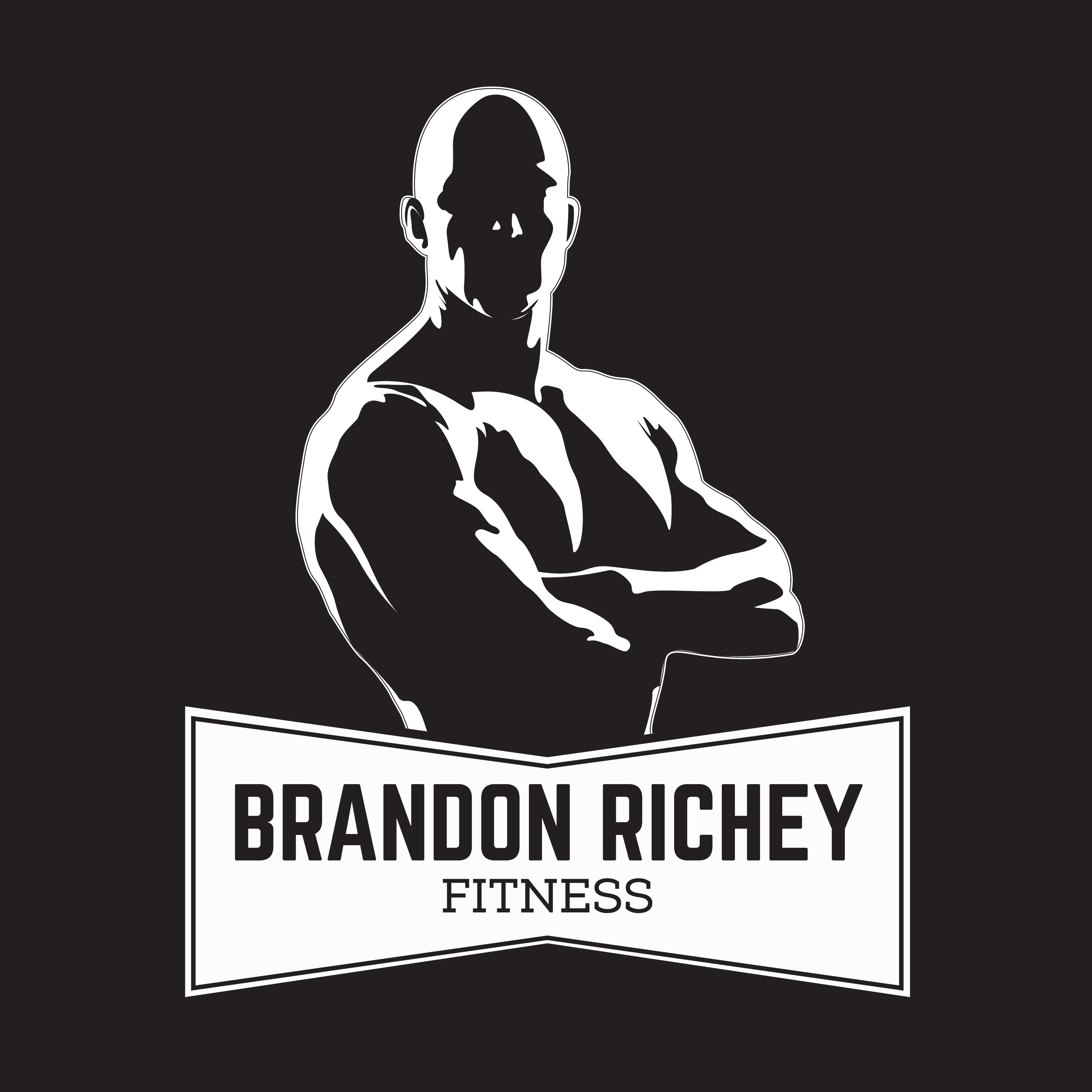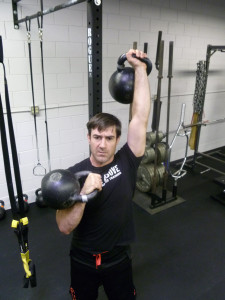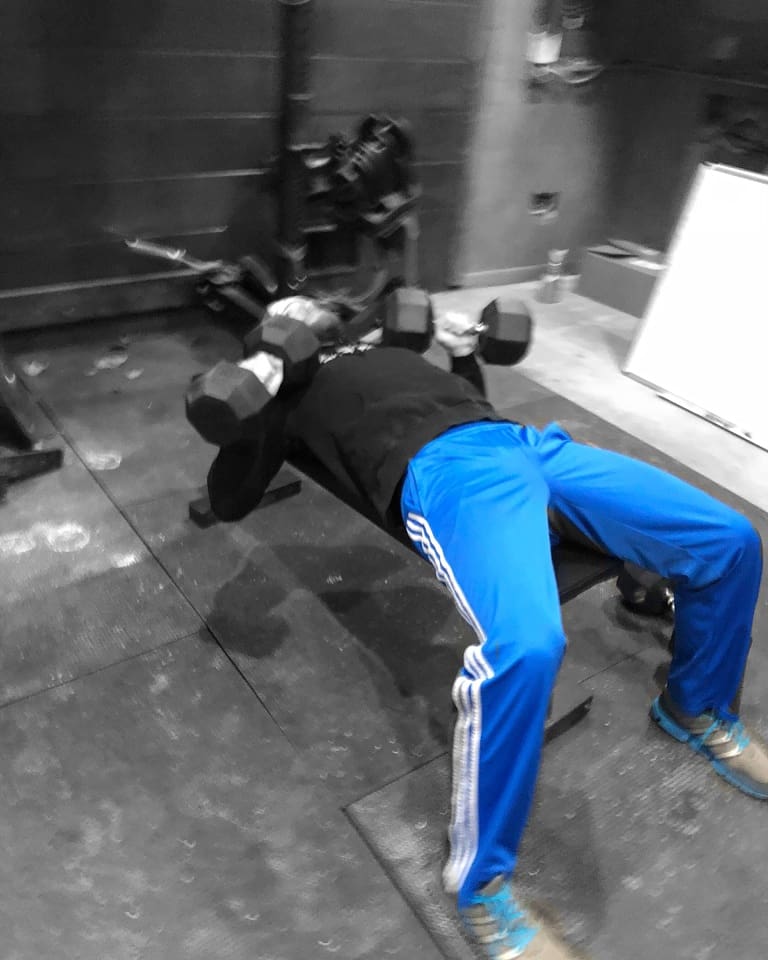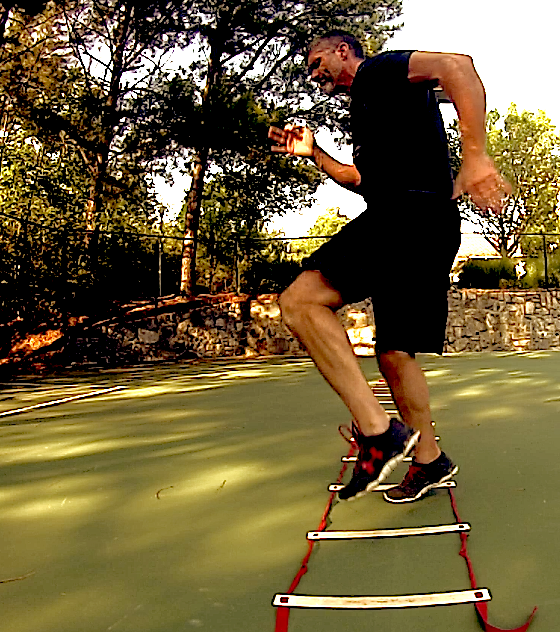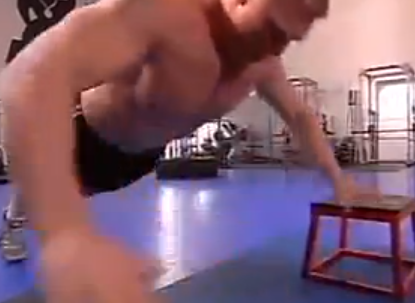
How To Apply Minimalist Training For Maximal Results
Guest Post By: Doug Fioranelli
Let’s face it, in the fast-paced world of social media and fluff news pieces it’s not difficult to fall for the hype of get rich quick, lose weight fast, and new and improved world schemes. We have all fallen for it and many of us have a little bit of regret associated with our decisions.
Do you have a closet full of infomercial fitness DVDs or gadgets collecting dust? Do you have self-aggrandizing diet and exercises books touted to get you in the best shape of your life and lose 15lbs the fastest way possible? I will admit that I have a few lying around. Don’t feel bad for yourself for consuming these products, not following through with the programs they advertised, or for even not reaching your goals. The ultimate solution is found with a fitness purge.
Getting Rid of the Clutter
I am a true believer that if you have too many options it could lead to confusion as to what to do and even ultimately failure to act. Ever get ready to go out and look into your closet and stare at six different pairs of slacks, or 10 different dresses?
How long does it take you to choose one to wear? Training can be the same way; walking into a fancy gym with a ton of machines, suspension trainers, and multi-colored plates is enough to seize you up and cause you to forget about what you came in to do.
Like your overstuffed closet, it’s time to purge! Physically get rid of the fitness gadgets, or even the pristine gym you belong to and get back to your training roots. Next, purge your mind that has been derailed by all the stimuli of the notion of what gimmick to use today and get back into the mindset of what movements am I working on today.
Back to the Basics
A good way to spin your wheels and remain static in training is to think the equipment used is more important than the movements themselves. When you bring focus back on the movement you realize that you don’t need much more than slight variations to progress you to the next level.
Take a serious look at your basic movements; can you perform a full bodyweight squat? Can you do it for 40 reps? Can you honestly look at your push-ups and pull-ups in the same manner performing them with a full range of motion (ROM) then replicating that for a certain amount of repetitions? If you can’t I am certain that adding weight, or using a cute exercise gimmick device will not get you any closer to being able to own these movements better in the long run.
I am not saying to never use weights, in fact, my gym has a ton of different kinds; however I believe that performing and going back to basic calisthenic movements benefits us twofold. First, it truly gives us an idea of how well we move through a ROM.
For instance, if you have issues with a bodyweight movement in terms of not correctly getting through a ROM then you are an accident waiting to happen when you add a free weight.
Secondly, when you perform bodyweight movements it becomes about the movement not about the free weight or the variation. When you know your ROM is good for a particular movement ask yourself if you can do it for more repetitions. Now you are basing your training success on whether you can do the movement well with more repetitions rather than on how much weight is being lifted, or what strange piece of equipment, or variation is being used.
Try adding some basic calisthenics into your current program and see where you are at after five weeks. After your warm perform the following:
| Day | Exercise | Week 1 | Week2 | Week 3 | Week 4 | Week 5 |
| Day 1 | Pull UpsorInverted Body Row | Baseline1 set as many reps as possible | Pull ups:3 sets x 5 reps Body Row:3 sets x 10 reps` |
Pull ups:6 reps Body Row:3 sets x 20 reps |
Pull ups:8 reps Body Row:3 sets x 15 reps |
Pull ups:10 reps Body Row:3 sets x 20 reps |
| Day 2 | Squat | Baseline1 set as many reps as possible | 10 reps | 15 reps | 20 reps | 25 reps |
| Day 3 | Push Ups | Baseline1 set as many reps as possible | 10 reps | 15 reps | 20 reps | 25 reps |
The baseline week is an honest look at how many repetitions you can perform through a full range of motion and then you will add reps throughout the weeks while maintaining good technique. Use the guidelines for the following weeks to see if you can increase the number of repetitions with good form through a full ROM for each week.
Test your baseline again after the 5th week. After you should be much better than you were at week one and then you are ready for additional variations. After you’ve completed the round of bodyweight exercises feel free to do any other exercises that you like for the remainder of that workout.
Adding in Variations
Congratulations, you have went through your weeks and built up your strength, muscular endurance, and gained some much needed mobility in all the major joints; now it is time to mix it up a bit. Don’t get too crazy. There’s no need to come home from a night out with your friends, do some tipsy Amazon.com shopping, and buy a brand new set of bumper plates. Continue to think of the primary movements and simply move on to the next step.
One way to do it is to find the next variation. For example, now for your pull-ups you will pause at the top for a three count and look to work more reps throughout the weeks that way.
Looking at the legs start working a single leg squat using a bench until you can get lower and lower and reach a pistol position. For push-ups the variations are endless. Some of my next level favorites are close grip (diamond) push-ups, archer push-ups, and fingertip push-ups. Be systematic with your programming and always keep technique and ROM in mind.
I am not against adding weight to any exercise. Like I said I have a warehouse gym full of weights, but chasing a weight number shouldn’t be the end-all-be-all. How well you move with an external load is just as important. You also don’t need a lot of different types of weights either; give me one kettlebell and I can make several variations for many different exercises.
Simply taking the ones mentioned above you can add a kettlebell to your foot, or training belt and perform weighted pull-ups. For squats start with the 2-arm goblet squat position and if that is easy then you always have the single armed racked squat to try.
For the push- ups take your bell and tip the handle down to lay it on its side and perform some uneven push-ups on each side. If that gets too easy stand the bell upright, grasp the sides, and do close grip push-ups towards the handle of the kettle bell. Continue by adding some swings, rows, lunges, and overhead presses and you have a complete workout routine with next to no equipment.
When it comes to training have a goal in mind, be realistic with your movement abilitiesm and only get the equipment you need to progress. The rest is simply your willingness to work and being able to use your imagination to come up with the necessary variations.
Doug’s Coaching Bio:
Doug Fioranelli is the owner of Rise Above Performance Training™ (est. 2008) where he uses personal, progressive programming to increase his athletes’ performance and reduce their risk for injury.
He has over 13 years of experience in strength training, conditioning, and athletic rehabilitation. He has coached many adult clients, police, firefighter, military professionals, and athletes from middle school to Olympic and Professional level.
Check out his blog at DougFioranelli.com for more articles and videos related to all things strength and conditioning. You can also check him out on Twitter @RiseAboveGym or through his YouTube Channel RiseAboveStrength
Related Articles:
The Kettlebell Snatch: How To Get It Right!
Killing Strength: How Your Smart Phone Is Killing Your Gains!
My Interview Podcast With The Super Strength Show
Interview: Henry Croft Editor In Chief Of GymTalk: The Bodybuilding Blog
My Interview With Underground Strength Coach Zach Even-Esh
Get Free Updates And Training Guides Here
